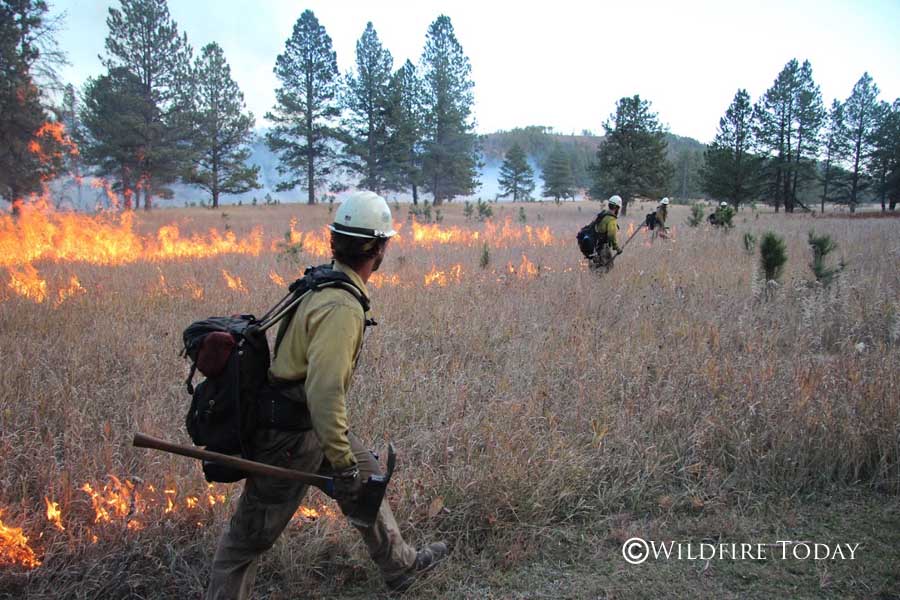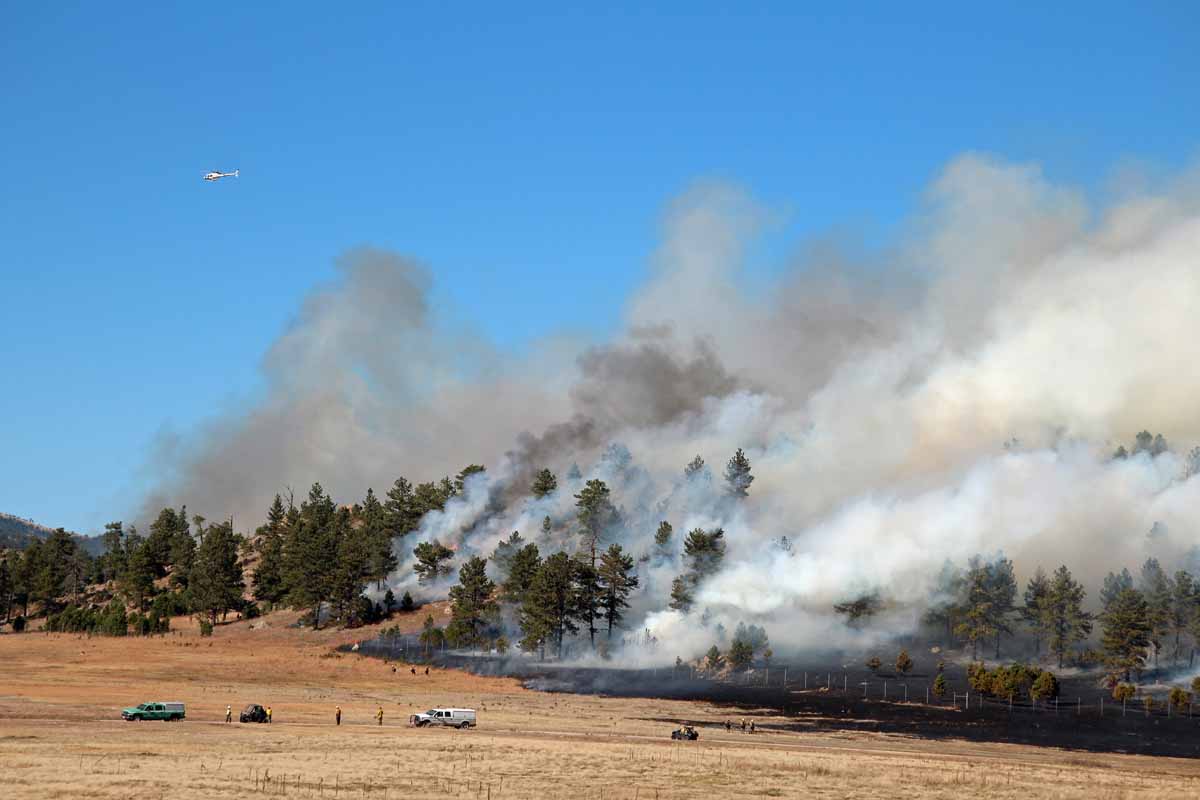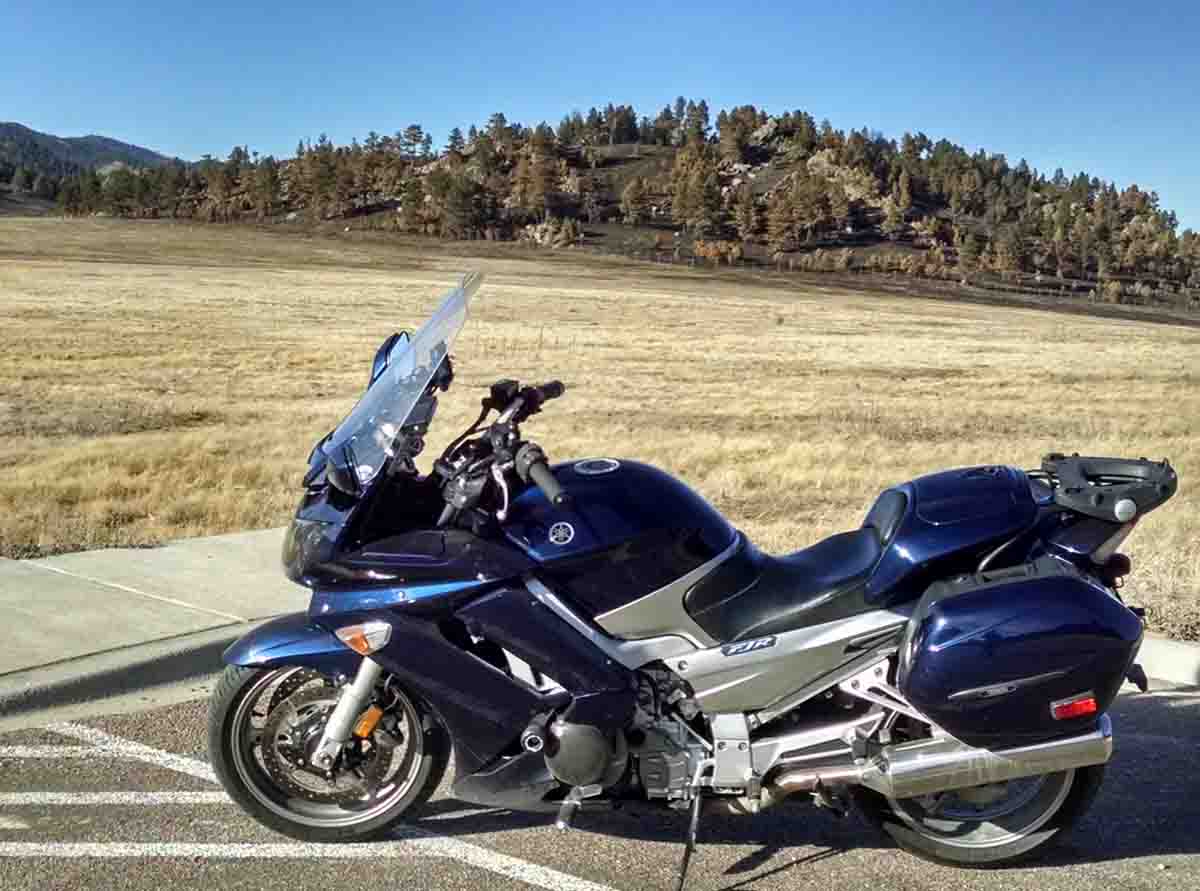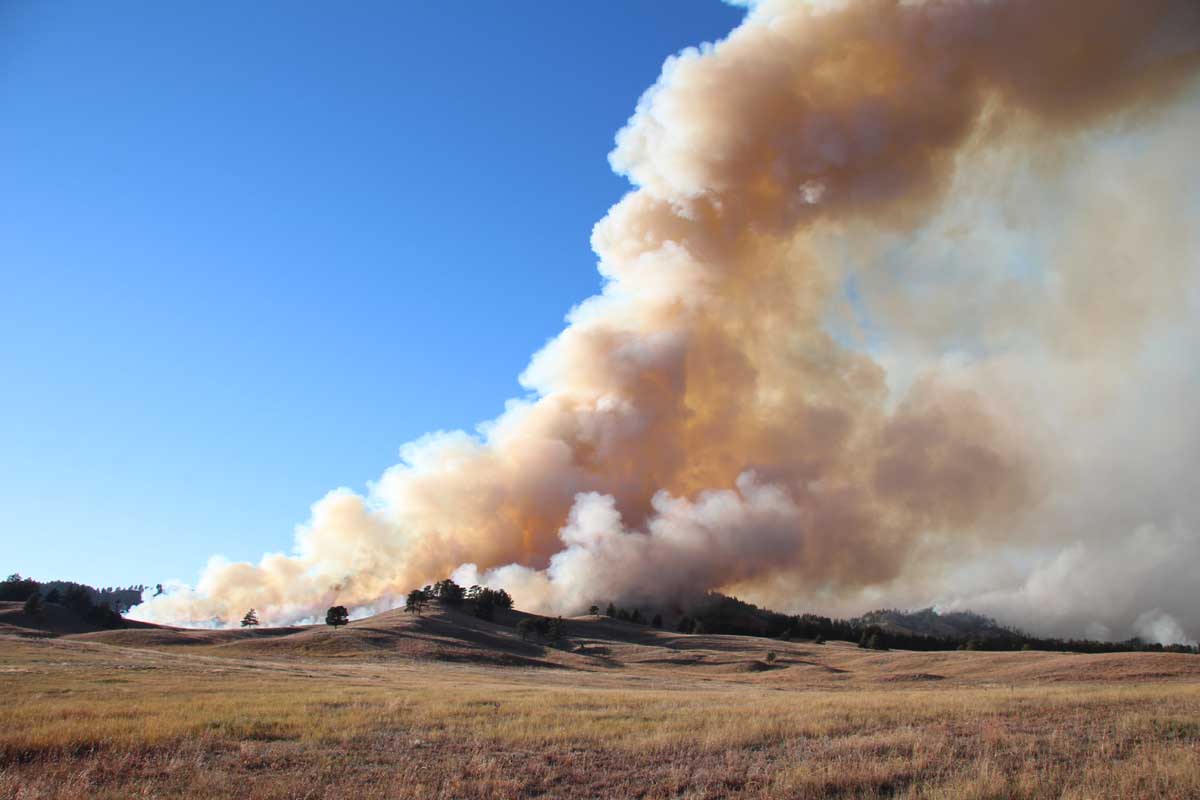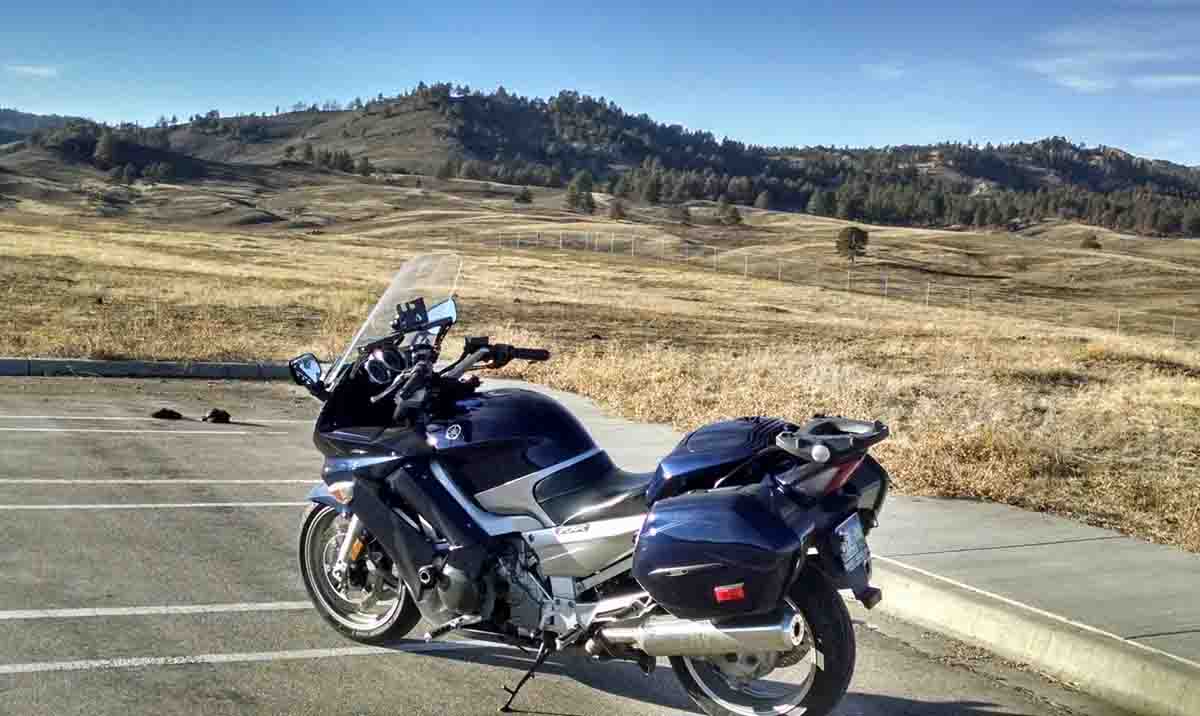Today I have been experimenting with an app that recently became available for iPhones and iPads, called Plotagraph. It can be used to animate still photos and seems like a natural for manipulating photographs of fires. You can’t use the app to create new stuff in the photo, but you can take what’s there and make it move.
So far I’ve worked on three photos. One had flames that were fairly easy to isolate and another had smoke that was easy to work with. The third was a B-17 dropping retardant.
The way it works is, first you identify what areas in the photo you do not want to animate, then you indicate the direction and speed for the motion. When finished, it can be saved as a video.
The first one, below, shows a member of the Alpine Hotshots who was working on the 2014 Norbeck Prescribed Fire in Custer State Park.
The next one is from the 2012 White Draw Fire.
And finally, retardant from a B-17.
If you’re having trouble viewing the videos, you can see them on YouTube.
To get your own prints of the original still images…..



